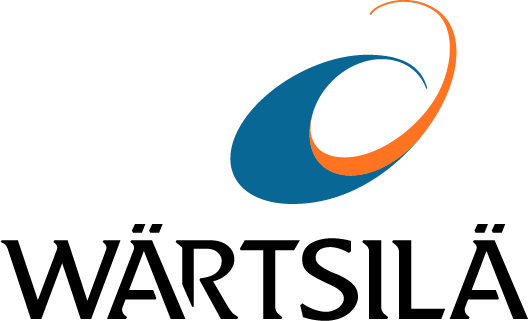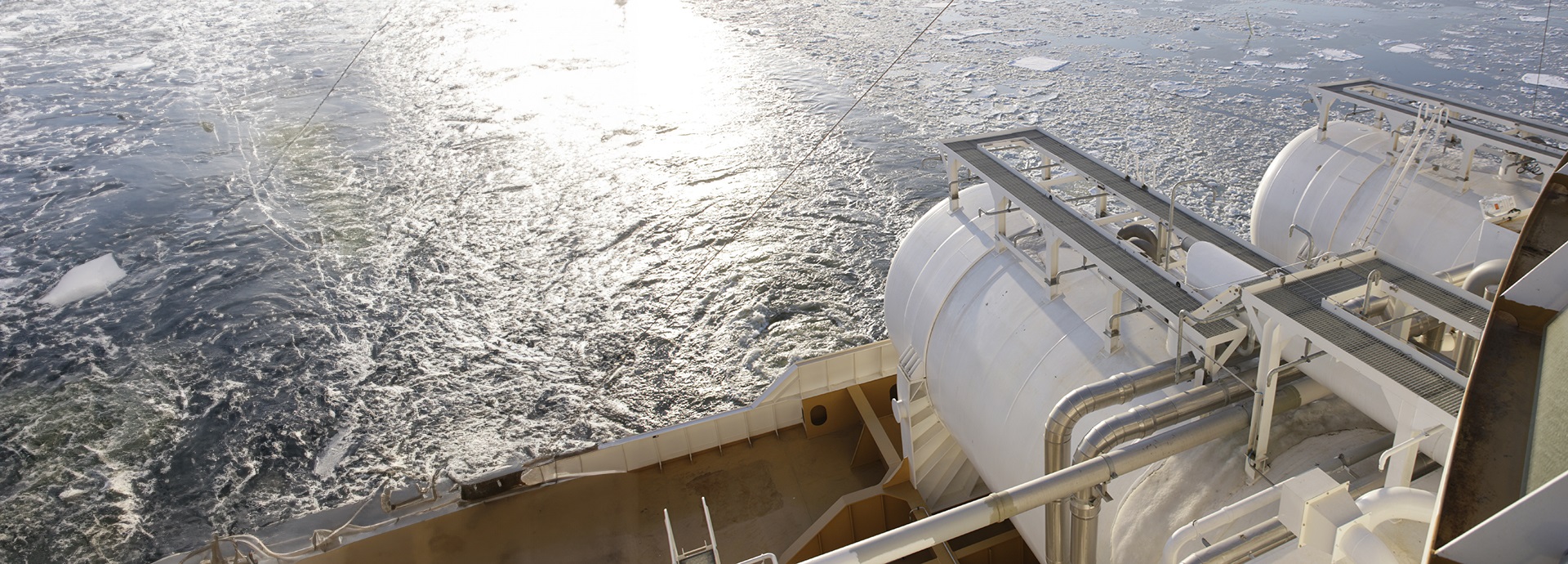
Podcasts

This podcast was generated with AI based on a human-written text (the Source text further down on the page). The list of key takeaways was generated with the help of AI based on the same, human-written text.
Key takeaways
- LNG as a transition fuel: LNG is emerging as an important bridge between traditional fossil fuels and sustainable alternatives like methanol and ammonia. Currently, 50% of new vessel tonnage orders are set to use alternative fuels like LNG.
- The environmental benefits and challenges of LNG:
- Benefits: LNG reduces greenhouse gas emissions by up to 25% (tank-to-wake) compared to traditional marine fuels. It also eliminates SOx and particulate emissions almost completely.
- Challenge: Methane slip—unburned methane escaping into the atmosphere is a powerful greenhouse gas, and this environmental concern needs addressing. - Increasing regulatory pressure: Starting in 2026, methane emissions will be included in the EU Emission Trading System (EU ETS). Additionally, FuelEU Maritime regulations and IMO guidelines are targeting greenhouse gas intensity reduction on a well-to-wake basis.
- Financial implications: Ship operators face potential costly penalties for non-compliance with these tightening emissions regulations, making methane slip reduction financially important.
- Proactive measures to reduce methane slip are available today. Ship operators can adopt smart tactics which mitigate environmental impact and help avoid future financial penalties.
Source text
How to reduce methane slip – winning tactics for your maritime business
If your vessels use LNG as fuel, you have almost certainly heard the term methane slip. But what is methane slip and why should you care about it? What smart tactics can you use to reduce your risk of financial penalties in the face of tightening emissions regulations?
The maritime industry is continuing at pace in its transition towards adopting alternative fuels, with 50 percent of the tonnage on order set to use an alternative fuel like LNG. LNG has great potential as a natural bridge between traditional fossil-based marine fuels and sustainable alternative fuels like methanol and ammonia.
Why is LNG a good bridge fuel?
LNG emits up to 25% less greenhouse gases on a tank-to-wake basis and up to 15% less on a well-to-wake basis compared to traditional marine fuels for the same propulsion power. LNG also cuts NOx emissions by around 90% and almost completely removes SOx and particulate emissions.
LNG is also widely available, with hundreds of active bunkering locations around the world, and it is proven in the field, with more than 900 vessels using LNG as fuel already and another 900 on order.
However, there is one big challenge facing shipping operators that use or are considering using LNG as fuel for vessels.
How methane slip happens
LNG is mostly made up of methane, which is an extremely powerful greenhouse gas that remains in the atmosphere for about a decade. When vessel engines burn LNG as fuel most of the methane is used up in the energy conversion process, but some remains unburned and escapes into the atmosphere. Methane slip is the term used to describe the part that escapes into the atmosphere.
As well as methane slip, another challenge when using LNG as fuel is the upstream emissions that are produced when producing and transporting the fuel. If they are not addressed, these methane emissions significantly reduce the climate-related advantages of LNG.
Act now to avoid penalties under tightening regulations
The regulatory environment is highly dynamic and changing fast. Emissions limits are tightening, and methane emissions are now firmly in the spotlight.
In Europe, the EU Emission Trading System, or EU ETS for short, applies to all vessels of 5,000 gross tonnage and above that enter EU ports. Under the EU ETS, ship owners must pay for their greenhouse gas emissions when sailing into, out of or between EU ports. Emissions are paid for by purchasing European Emission Allowances, or EUAs for short. As of the start of 2026 methane emissions are included in the EU ETS.
As well as the EU ETS there is the FuelEU Maritime regulation, which mandates gradual reductions in the greenhouse gas intensity of marine fuels. FuelEU Maritime addresses emissions on a well-to-wake basis – including methane. Non-compliance could leave you facing costly financial penalties.
And if you needed even more incentive to act now, in 2023 the IMO’s MEPC 80 adopted a revised strategy to reduce greenhouse gas emissions to net zero by or around 2050. This revised strategy includes new Life Cycle Analysis guidelines on the life cycle greenhouse gas intensity of marine fuels. Under these guidelines the well-to-wake and tank-to-wake emissions for all marine fuels and energy carriers will be calculated.
What does this mean in practice? In a nutshell, it means that all future regulations introduced by the IMO will include methane emissions – and therefore apply to vessels that use LNG as fuel.
The good news is that there are smart tactics that you can adopt today to reduce methane slip. The next podcasts will discuss five different tactics.